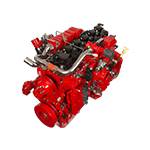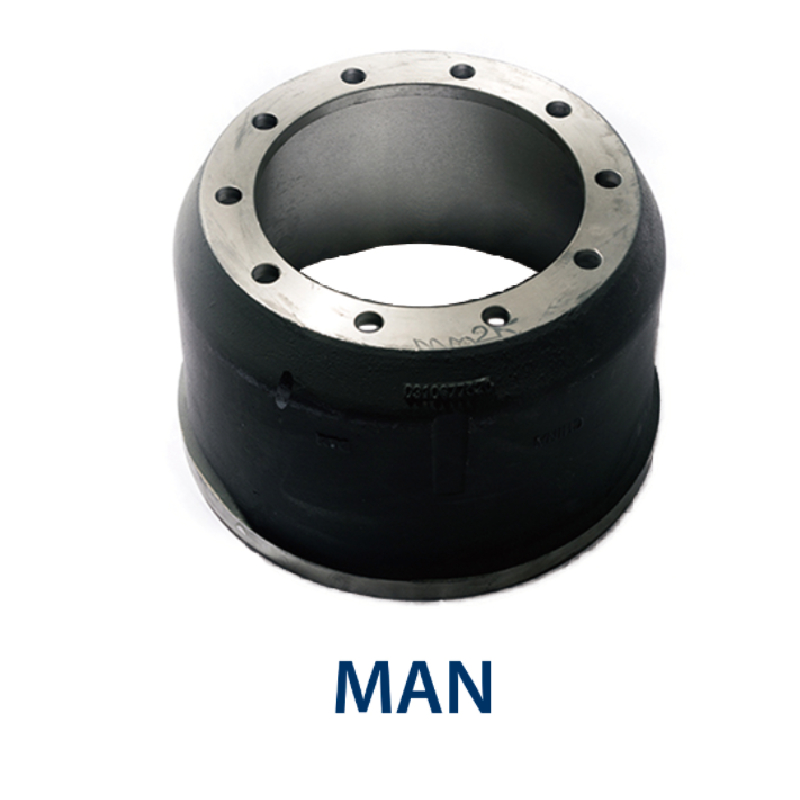1 月 . 06, 2025 19:24 Back to list
Webb Drums
Brake drums are a fundamental component of drum brake systems, widely used in various vehicles due to their durability and cost-effectiveness. Understanding the different types of brake drums is essential for automotive professionals and vehicle owners who seek to optimize performance and safety. This article delves into the various categories, emphasizing their unique features and the contexts in which each type is ideally used.

Cast Iron Brake Drums
At the core of traditional drum brakes, cast iron brake drums are celebrated for their strength and ability to withstand high temperatures. This durability makes them a staple in heavy-duty vehicles like trucks and buses. The thermal properties of cast iron allow these drums to dissipate heat effectively, minimizing the risks of brake fade during prolonged use. However, they are relatively heavier than newer materials, which can slightly impact fuel economy in passenger vehicles.

Composite Brake Drums
Composite brake drums represent a modern evolution, incorporating materials such as carbon or alloyed metals to reduce weight while maintaining strength. These drums offer a perfect balance of performance and efficiency, often leading to better fuel economy. The reduced weight also contributes to less unsprung mass, improving vehicle handling and ride quality. Their cost tends to be higher than traditional cast iron, but the enhanced driving experience and longevity offer a compelling trade-off.
Aluminum Brake Drums
Aluminum brake drums are increasingly popular in light trucks and passenger vehicles due to their lightweight nature. Unlike their cast iron counterparts, aluminum drums contribute significantly to improved fuel efficiency without compromising braking performance. They are often paired with a cast iron or steel liner to enhance durability and heat dissipation. Aluminum drums are corrosion-resistant, extending their lifespan even in harsh environmental conditions. However, they are better suited for lighter vehicles since heavier loads may exceed their operational limits.
types of brake drums
Ribbed Brake Drums
For vehicles regularly engaged in strenuous activities, ribbed brake drums are an essential consideration. The ribbed design allows for increased surface area, significantly improving heat dissipation and structural integrity. This design is particularly beneficial in vehicles used for towing or frequent stops, like city buses. The enhanced cooling efficiency reduces the potential for brake fade, ensuring consistent performance. While ribbed drums may carry a slightly higher price point, their utility in demanding applications offers unmatched value.
Ventilated Brake Drums
Ventilated brake drums are engineered to address the constant battle against heat. Featuring strategically placed vents, these drums facilitate superior air circulation, quickly dissipating heat generated during braking. This innovation significantly minimizes the brake fade experienced during long descents or repeated emergency stops. Their design makes them ideal for performance-oriented vehicles, where maintaining optimal brake temperature is crucial for safety and performance. It's worth noting that ventilated drums must be maintained regularly to prevent debris build-up in the vents, which could compromise effectiveness.
High-Carbon Brake Drums
High-carbon brake drums are tailored for scenarios requiring exceptional thermal management and reduced noise. The presence of carbon enhances the drum's ability to absorb and dissipate heat while also reducing vibration and noise, a key factor in luxury and high-performance automobiles. These characteristics make high-carbon drums exceptionally smooth and reliable, even under extreme conditions. While the manufacturing process and materials make them a premium option, the performance benefits are substantial for vehicles where precision is paramount.
In conclusion, selecting the appropriate type of brake drum hinges on understanding the specific demands placed on the vehicle. Cast iron and ribbed drums are robust choices for heavy-duty use, while composite and aluminum drums cater to drivers seeking efficiency and better handling. Ventilated drums are tailored for performance enthusiasts, and high-carbon drums suit luxury vehicles requiring refined noise and heat management. Recognizing these attributes ensures that whether in daily commute or specialized tasks, the brake system is optimally prepared to deliver safety and reliability.
-
Brake Drum for Kamaz Trucks Durable OEM Replacement & High Performance
NewsMay.30,2025
-
Brake Drum Man High-Quality Drum Brake & Shoe Solutions
NewsMay.30,2025
-
High-Performance Brake Drum for Kamaz Trucks Durable Drum Brake Components
NewsMay.29,2025
-
Brake Drum Man High-Quality Drum Brake Drums & Brake Shoes
NewsMay.29,2025
-
Brake Drum MAZ High-Performance & Durable Replacement Parts
NewsMay.29,2025
-
heavy truck brake drums
NewsMar.07,2025
